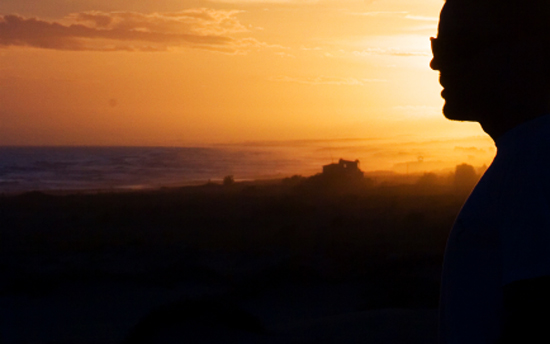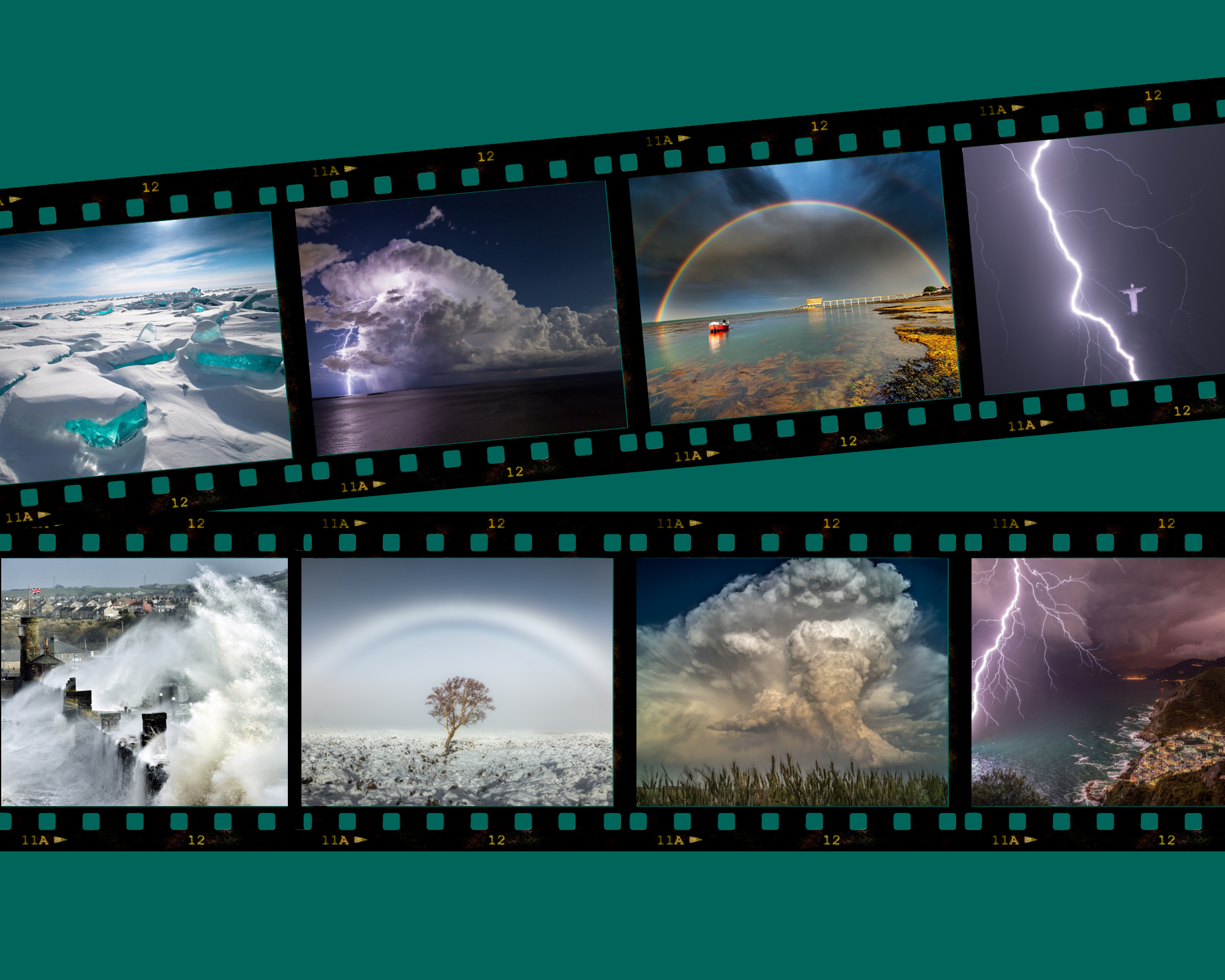

Watching the weather: Trained weather observer Mike Robinson talks about aviation forecasting and a life spent on the move
Have you always been fascinated by weather?
Not initially, but once you start getting involved with weather it becomes almost impossible to ignore even on your days off.
How did you end up becoming a weather observer?
I joined the Met Office as a 17-year-old straight from school. That was back in October 1978.
It was my mother who actually spotted the advert in a national newspaper. I distinctly remember the heading to the advert "Interested in the Weather?" It immediately stood out as being something different. This might not sound very professional, but what I remember most about the interview at the then Met Office HQ in Bracknell was feeling absolutely shattered and on an emotional high, as the evening prior to the interview I was at Wembley watching Liverpool beat Bruges in the European Cup Final. I didn't think I had done particularly well in the interview and was surprised to be offered the job a few weeks later.
What training did you receive?
I spent six weeks on an Initial Assistants course at Shinfield Park in Reading""ó¢this is where the old Met Office College used to be located. As well as learning general observing techniques and observation coding rules and regulations, we were shown how to maintain the various different items of observing equipment we would have to use. After this period I went to Manchester Airport where I was 'doubled up' on the observing roster for several months, before finally being allowed to go 'solo'.
What does making weather observations actually involve?
At my current location, RAF Linton-on-Ouse, the most significant weather observation we produce is a METAR (Meteorological Airfield Report). This type of observation is purely for aviation purposes and contains information such as current wind speed and direction; visibility; present weather conditions; cloud amounts and heights; and temperature and pressure information. These METAR reports are made routinely every hour, with interim reports (known as Specials) produced when either improvements or deteriorations occur since the previous report.
How do you gather the information?
Nowadays this information is gathered with the help of a semi-automated observing system, which will display the data for the observer to either accept or to manually improve. Perhaps I should explain what I mean by this. Elements such as temperature and pressure, for example, can normally be relied upon, but when it comes to some of the other elements such as visibility and cloud then things become a little trickier. For instance, the instrument used to detect cloud, a Laser Cloud Base Recorder (LCBR), can only see cloud which is directly above it. But if there happens to be a gap in a cloud sheet, which is directly over the instrument, it will report 'no cloud'. This is where the human observer will step in and estimate how much of the sky is actually covered by cloud, and at what height he or she thinks the particular cloud layer is actually at.
What happens to the weather observations?
The observational information is passed initially to Air Traffic Control (ATC) and then onto a wider audience via our various dissemination systems. Linton-on-Ouse is an RAF training station and as such is extremely ""weather sensitive"". Initially the student pilots fly with an instructor, but after a couple of weeks will go solo. At this initial stage, flying conditions have to be good. As the students become more experienced they are allowed to fly in more testing weather conditions but there will still be limitations. A difference of just 100ft in a reported cloud base or a reduction of a few hundred metres in visibility can make the difference between a student being able to fly
or not.
Can the data also be used to predict adverse weather conditions ahead?
The observations are monitored by forecasting colleagues who have the responsibility of producing forecasts for the airfield. So basically the idea is that a good quality observation will help the forecaster to produce an accurate forecast. The two go hand in hand.
Which civil airfields have you worked at?
I was based at Manchester Airport from 1979 to 1983, and at Stansted Airport between 1986 and 1991. I also worked on detachments at other airports, including Heathrow and Aberdeen. But I didn't only work at airports. I was also based at the Manchester and Newcastle Weather Centres during the 70s and 80s. As well as producing observations, the work there involved assisting forecasters to produce public service forecasts to the media and utility companies.
Did you encounter any memorable weather situations during this period?
The Great Storm of 1987 hit whilst I was working the night shift at Stansted Airport. The problem then was not producing an observation, but trying to stay on my feet. And in the early eighties we experienced flash flooding during a violent thunderstorm at Manchester Airport. This resulted in the ground floor of the ATC tower becoming flooded, which in turn shorted out the power supply. The whole ATC tower ended up being evacuated.
When did you switch to working at RAF bases?
I moved to RAF Linton-on-Ouse in 1991. The switch from a civil location to a military one was very common at the time. We were still employed by the Met Office, but ""loaned out to the MOD"". The observing roster at Linton also involves some days at RAF Church Fenton and I have also done short term detachments at other RAF locations including Leeming, Dishforth, and Boulmer.
Do weather observations for the RAF differ much from those for civil airfields?
Not really. There are a few coding differences, but basically the job is the same. You produce observations so that aircraft can operate as safely as possible.
Aren't you also a Met Office training manager?
Yes, I spend 50% of my time working for the Met Office College, which is now based at the Met Office HQ down in Exeter. I look after various observing courses both at Exeter and, when necessary, at off-site locations. The work includes observer training of both civil and military ATC personnel, nowadays there are no Met Office observers left at civil airports.
We also provide training to offshore personnel, who provide observations for their helicopter movements. And I have just spent two weeks at the college helping to train a new intake of forecasters. Before they start learning how to forecast the weather, we show them how to make observations and introduce them to the various meteorological observation codes that they will rapidly need to become familiar with. We also provide training abroad. I spent many months working in Italy over the past couple of years, where we have helped train over 100 new observers. During this process I was fortunate enough to visit and work at 25 airports located throughout Italy, Sardinia and Sicily. It's been tough, but somebody had to do it.
Does your life in the weather observation business often involve much travel?
Yes, indeed it does. In fact I am actually talking to you from a hotel in Aberdeen, where I am currently delivering an offshore course. And in a few weeks time I will be delivering the very same course to a Russian crew on a ship docked in Rotterdam harbour.
"




